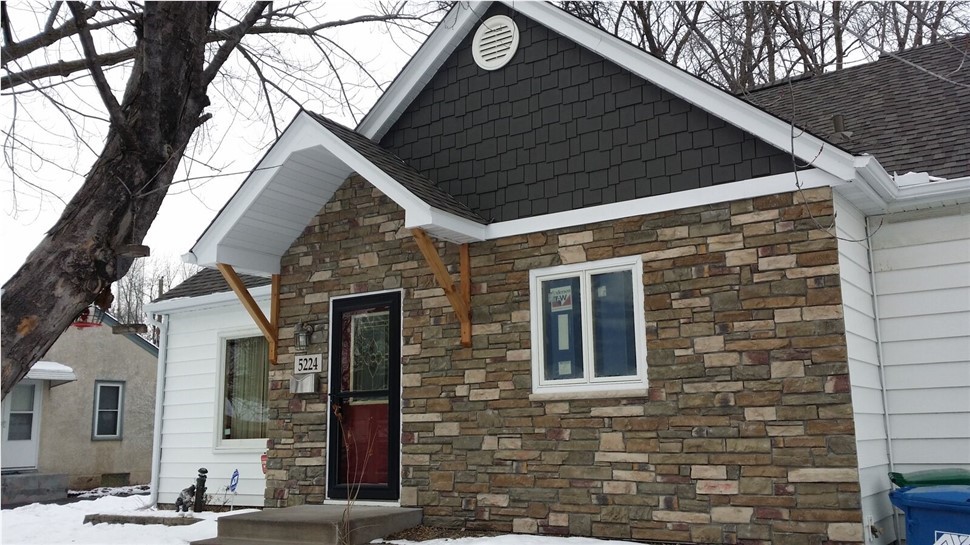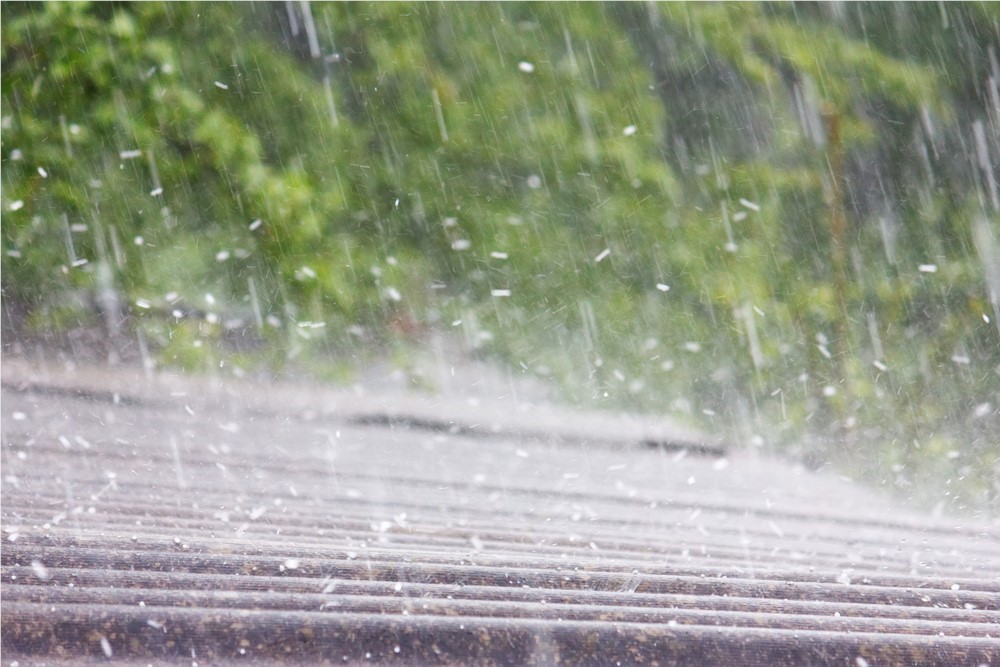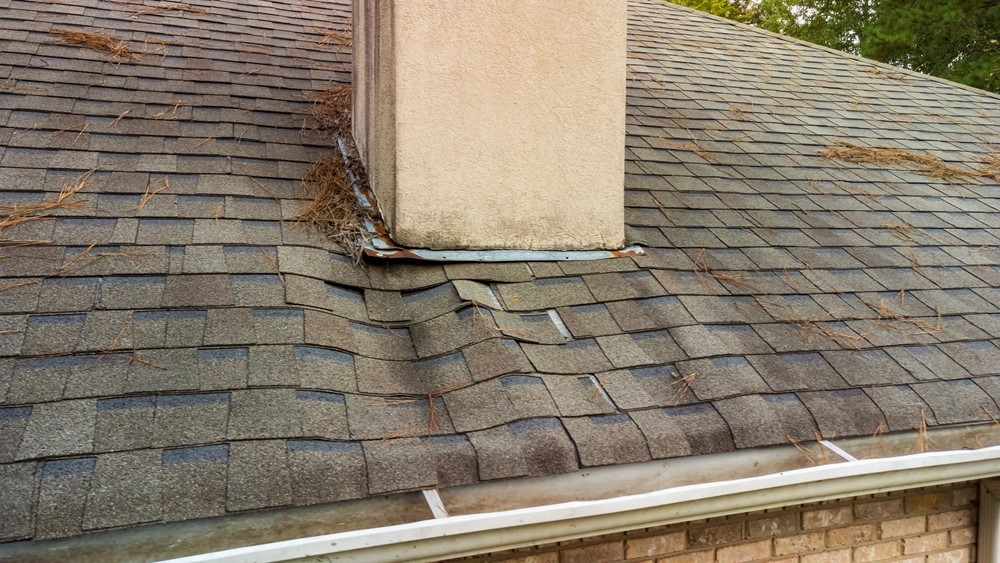Going "green" is a predominant theme at many home and garden shows this spring, and it's at the top of the most popular focuses in home remodeling. We're not surprised; we've been promoting and practicing green building practices for years. You may have heard the term, but exactly what does it mean to "go green?" Simply put, it's a whole way of life that results in a reduction of your home's impact on the environment, while in the process providing a healthier life for you and your family. That can mean anything from solar power to organic vegetables to your choice of building products when you remodel.
That may seem like a lot, because it's so comprehensive, but don't feel like you need to tackle and remake your entire lifestyle all at once. A good way to start is make some simple changes, and then incorporate others as you and your family adjust.
Simple things you can start with:- Cutting down on your water usage. Do you leave the faucet running while you're brushing your teeth? Train yourself and your family members to turn off the water until you need to rinse.
- Then you can add things such as low-flow shower heads and toilets to reduce the amount of water you use.
- Put in a rain barrel under your downspouts, and then use what you collect to water your garden.
- Replace your incandescent bulbs with LEDs. You're going to have to take this step eventually, since incandescent bulbs are no longer produced, and the supply is going to run out.
- Put standby-power devices (TVs, coffee pots, chargers, etc.) on a power strip that you can then shut off to eliminate the slow, silent power drain.
- Buy local food whenever possible - it cuts down on fuel consumption for shipping
- Run your dishwasher overnight, and if it has a setting to turn off the heated dry, use it and let your dishes air dry.
- Install a programmable thermostat to automatically reduce your home's heat (or raise the cooling level) when you're not at home
- Choose natural cleaning products rather than synthetic and sometimes toxic chemicals
- High-efficiency washers use less water than traditional models.
- Look for EnergyStar rated water heaters when it's time to replace yours, or consider a tankless heater, which only warms the water as it's needed and doesn't use electricity or gas to keep it constantly warm
- Always look for the EnergyStar symbol when choosing a new furnace, air conditioner, refrigerator, stove, or dishwasher.
- Have a home energy audit done. Look for a building inspector who's trained in green living. These individuals can help you identify areas in your home that could use some work to "green them up." You can also take it a step further by hiring a contractor who will perform a full-fledged energy audit. This is a process whereby they use a blower door and infrared cameras to pinpoint air and heat leakage in your home. You'll find out where you're wasting heating and cooling, and know exactly which components of your home need upgrading. They can find things like air leaks around window and door openings, insufficient insulation, etc.
- Install energy-efficient doors and windows.
- Choose low- or no-maintenance exterior remodeling materials when you choose windows, doors, siding, and roofing. And look for materials made from sustainable resources such as metal roofing and steel or fiber cement siding. Metal roofing has the added benefit of not requiring a tear-off of your old roof, which means less construction debris in a landfill.
Subscribe to Quarve Contracting's Blog







Comments